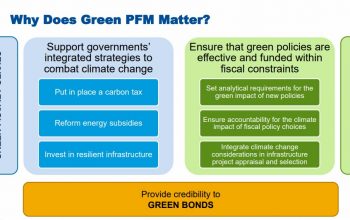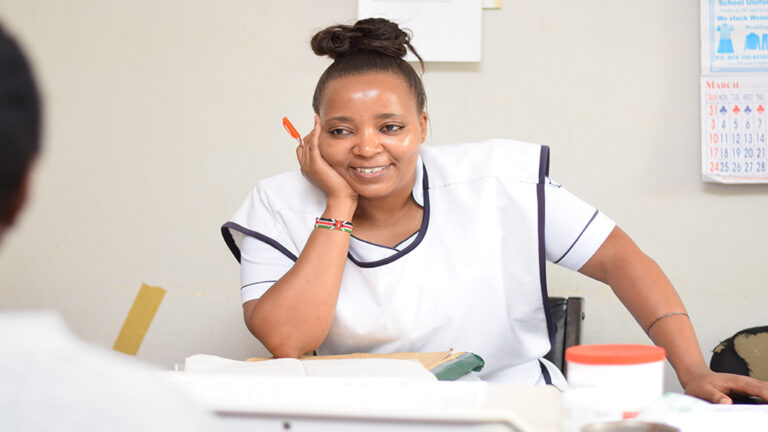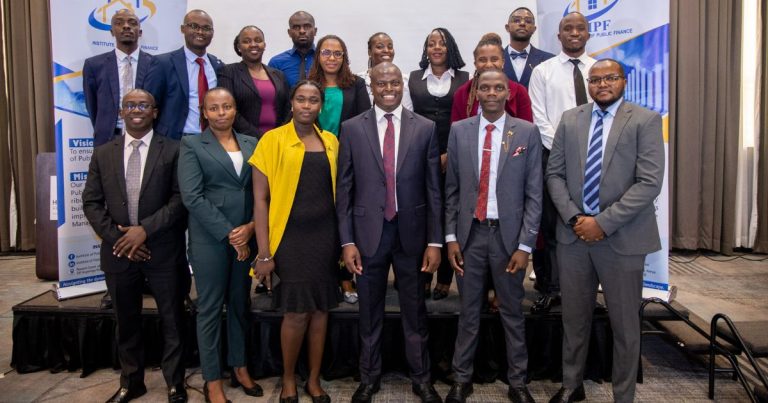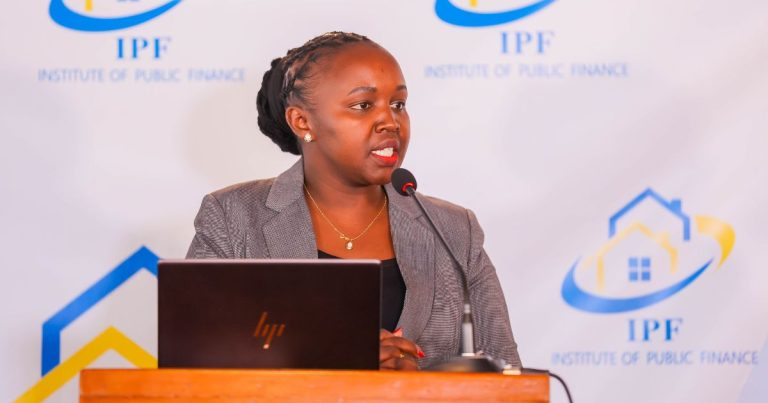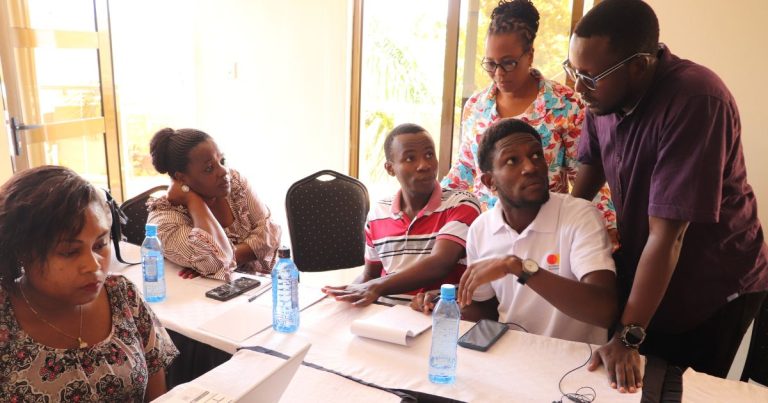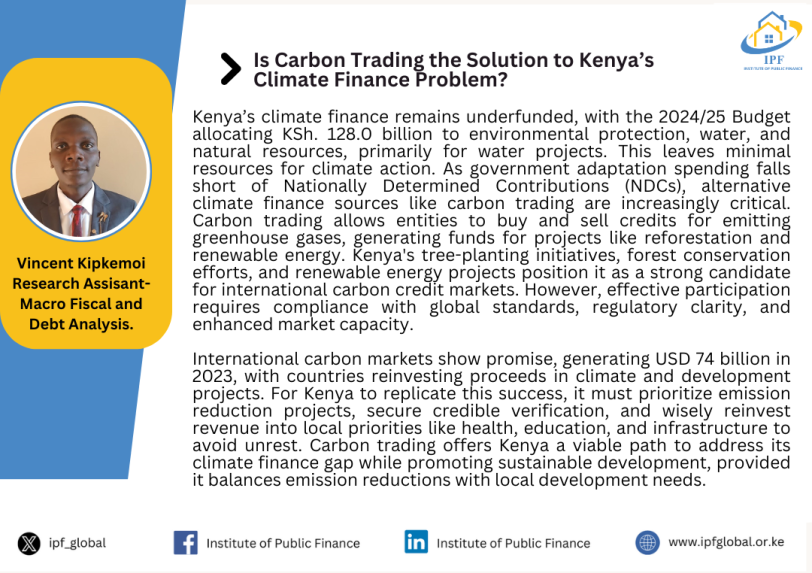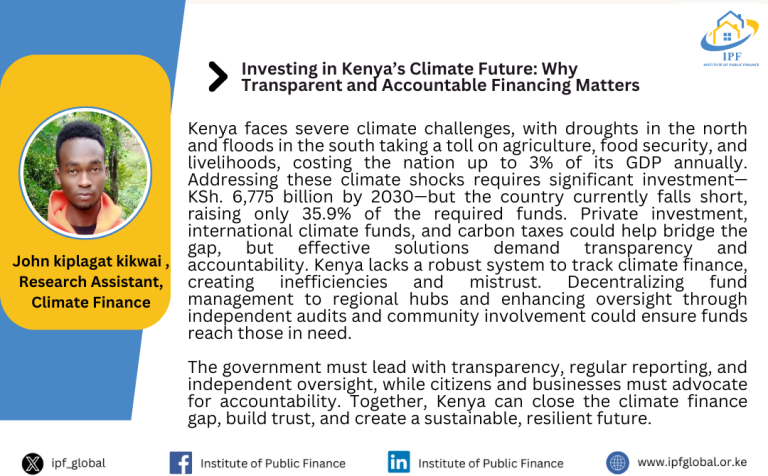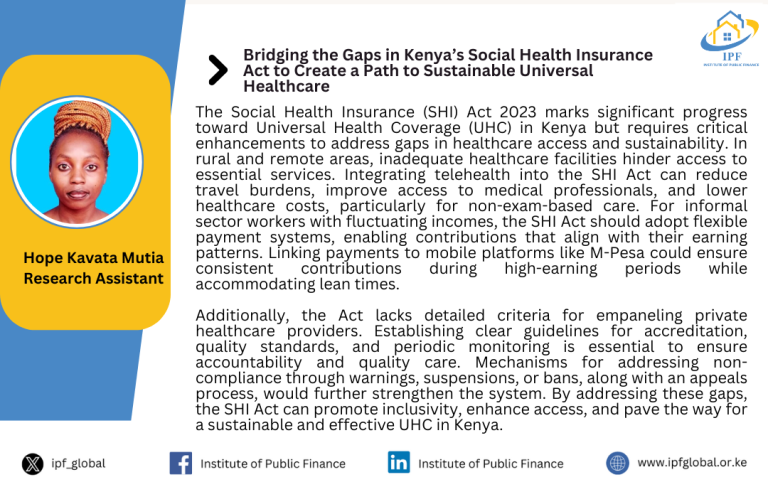As the name defines it, “Green PFM” helps to integrate environment and/or climate-friendly perspective into PFM practices, systems, and frameworks. Countries at the COP27 climate summit agreed to set up a fund to help poorer countries being battered by the effects of climate change. According to World Bank Report on climate change impact on developing economies, climate -related events is anticipated to squeeze more than 132 million people into poverty worldwide with African countries losing between 10 and 15 percent of their GDP by 2050. During COP26, developed economies pledged at least $100 billion a year in climate funding which is yet to be fulfilled despite being two years past its deadline.
Time is now for the developing economies to effectively adopt “Green PFM” strategies that allows them to independently deal with climate change predicaments without wholly depending on developed economy pledges.
Generally, the PFM cycle comprises of four major phases-planning and policy development, budget formulation, budget execution, and financial reporting and audit/assurance. These phases are generally affected by the adaptation and loss and damage which LDCs put as a demand in COP27. Internally, these countries must embed environmental consideration in these phases. Importantly, re-looking at the Moving Toward Climate Budgeting publication by the world Bank (2014) and Paris Collaborative on Green Budgeting [2017]) is a major enshrined aspect in achieving green PFM.
Helsinki Principles by the Coalition of Finance Ministers for Climate Action in 2019 recognized merits of the public finance role in addressing climate change. It’s now or never to fully integrate national climate action framework plans in the fiscal policy of every LDCs. Let’s not forget that even Public Expenditure and Financial Accountability (PEFA) program has acknowledged key role of central finance agencies in addressing climate change, by developing a framework for assessing climate responsive PFM. For instance, PEFA Climate framework is a set of indicators build on the PEFA framework to collect information on the extent to which a country’s PFM system is ready to support and foster the implementation of government climate change policies.
While the importance of green PFM is increasingly being recognised, green PFM practices, however, remain nascent in developing economies with Sri Lanka, Indonesia, Bangladesh, and Philippines being the only middle-income countries currently implementing it partially- leave alone the developed economies where 10 countries are implementing green budgeting. The “Green PFM” therefore provides the necessary apparatus for the LDCs to signal the desire on focusing on sustainable management of natural resources and environment protection by providing a clear mechanism for policymaking and action
It is not a dream, neither theoretical that policy makers in developing economies are aware that green PFM is a powerful tool to pursue and achieve environmental policies. However, its effectiveness requires further steps for its implementation. This will lead to what we commonly refer to policy-implementation trick down effect. Or else, the Loss and damage and climate financing from developed economies would not be enough to mitigate Climate change predicaments in LDCs if these countries do not come to realization of “Green PFM’ implementation plan!
Author: Joshua Shem, Public Finance Management Research Fellow. Institute of Public Finance.

